News
Mara Hupara playground - a return to traditional Māori games
Posted 10 04 2019
in News
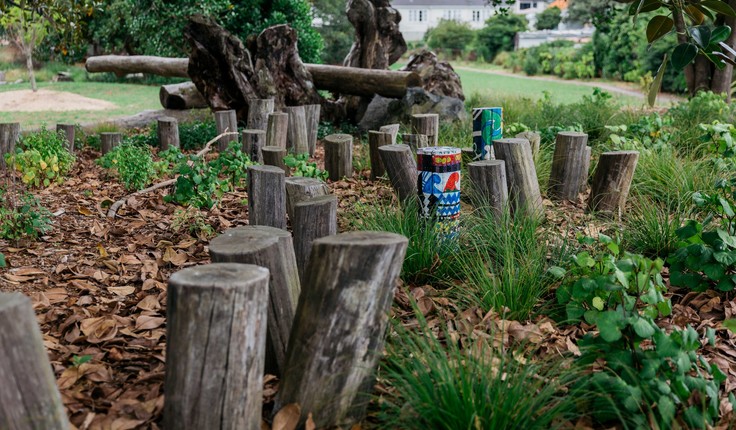
No plastic in this playground - just nature
A first-of-its-kind play space for Auckland, based on traditional Māori games and play artefacts has just opened. Te Mara Hupara playground is part of the Te Auaunga, an Auckland Council Healthy Waters project in Mount Roskill, Auckland.
Landscape architect Mark Lewis of Boffa Miskell worked closely with Auckland Council and the project team to create a natural play space that offers children a unique and imaginative experience, while also reinforcing the wider values of Te Auaunga (Oakley Creek) project to restore the wairua of the adjacent Walmsley and Underwood Reserves.
“Play interventions weren’t part of the original brief,” says Lewis. “The project began as a stormwater and flood control program. But it quickly became apparent we had an opportunity to make a profound transformation and create a park along this regionally significant watercourse that would truly enhance the area and the lives of the people living here.”
There are four schools and several early childhood centres in the area; and community surveys showed a strong desire for dedicated play areas.
During consultation in early 2015, mana whenua suggested to the project team that they consider integrating traditional Māori play items into the park; ideally, under the guidance of educator and author Harko Brown, an expert in traditional Māori games.
Lewis says that after interactive workshops with local school children and Brown, it became apparent that a ngā aro tākaro playground was an ideal fit with the restoration of Te Auaunga Awa.
In Māori society, traditional games and aro-tākaro (play items) are inextricably linked and highly valued. Ngā aro-tākaro reinforce social norms and connect people to their environments. They become a means for children to engage with nature and history simultaneously through challenge and learning.
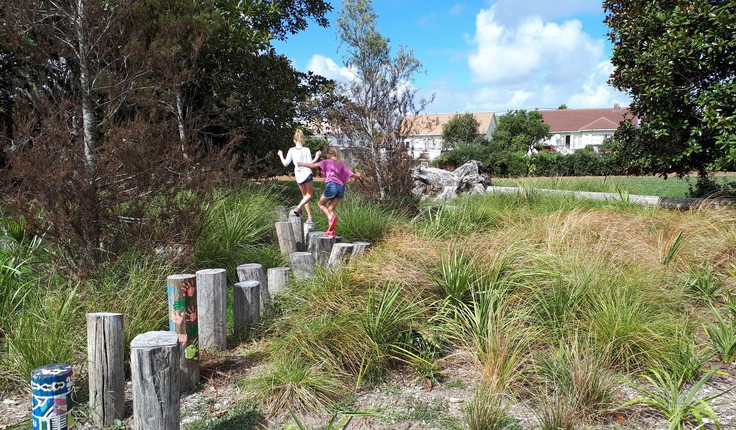
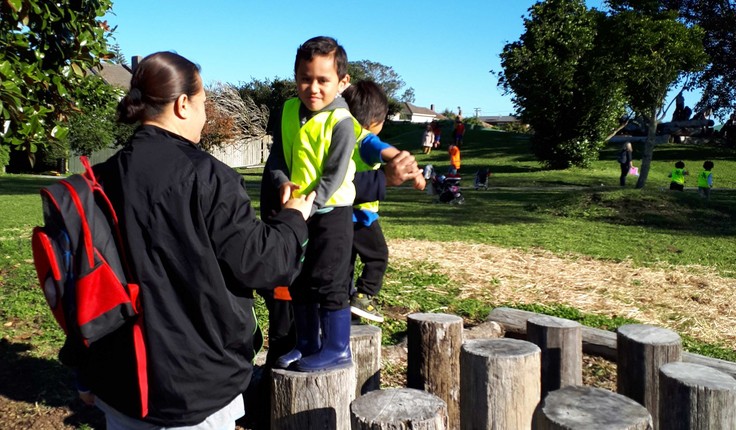
Through Harko Brown’s guidance, Māori play elements installed in the project include:
- A torere tree for climbing
- A triple-posted tama-tane-wahine installation
- Giant upturned ancient kauri log roots - te ko-uru which are linked by ko-papa;
- Several dozen hikeikei on which to hop, jump and walk over;
- A land-based kōkiri; and
- A series of wera-te-paatu to practice agility, speed and balance.
“By integrating traditional play elements into this project, we are encouraging our mokopuna to re-engage with the restored natural environment and thereby to reawaken their sense of history and place,” Lewis says.
“The project team specifically set out to deliver a play space that spoke to people about wild places and natural environments, and created opportunities for exploration, daring, and imagination using nature as a guide.”
In his 2017 book, Te Mara Hupara: 39 Ancient Maori Artefacts for Play, Learning and Exercise Brown wrote about the project and said, “[I have] been inspired and deeply moved by [my] privileged association with the project team and particularly Mark Lewis, who during the years of planning and consultations, profoundly maintained his appreciation and determination for a dominant Mara Hupara presence on the reserve. His spiritual connectiveness to the propositions inherent with the hupara inclusions is exemplified in his appreciation of what his team have created.”
Boffa Miskell Project Team: Mark Lewis (NZILA), Sarah Collins (FNZILA), Larissa Moyle (Grad. NZILA), Aynsley Cisaria (Grad. NZILA)
Client: Tom Mansell, Healthy Waters Project Manager (Auckland Council)
Maori Play Specialist: Harko Brown, KaiMatariki Trust
Construction: Fulton Hogan
Play Auditor: Tina Dyer, Park Central
Share
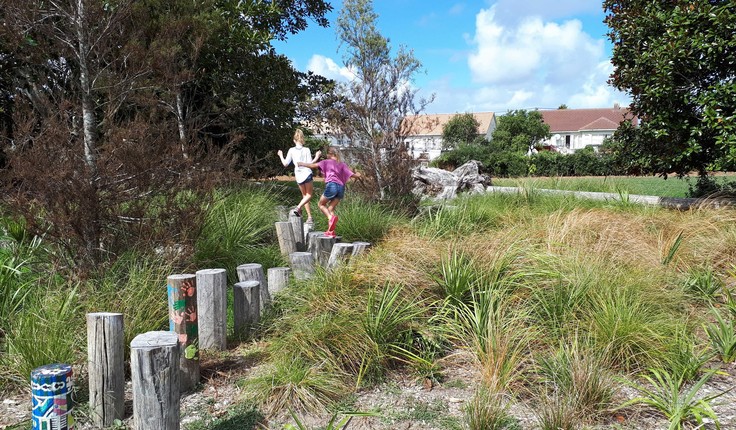
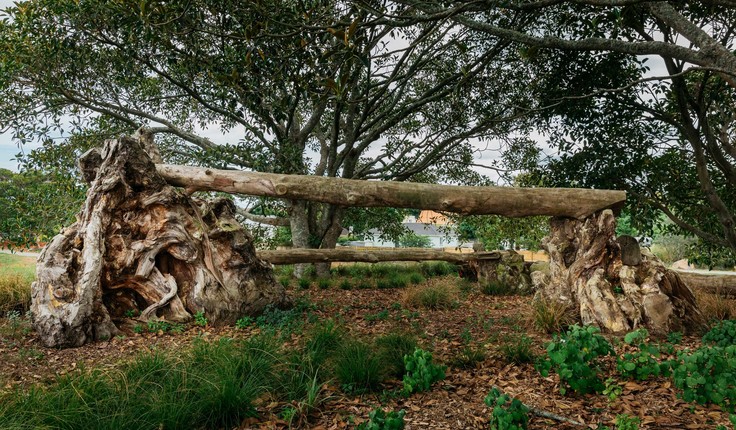
15 Jan
Call for EOIs: Group Mentor South Island

Get involved in the registration programme
We are looking for expressions of interest for a Group Mentor for the Southern cohort (South Island). The role's purpose …
12 Jan
Reminder: National Hui on RMA Reforms - Wellington, Tuesday 20 January

There is still time to confirm your attendance
Kia ora koutou, and welcome back to the new year. Before the break, the Environmental Legislation Working Group shared updates …
12 Jan
Reminder: log your CPD points

Certificates coming soon
A reminder to all Registered members - please log your CPD points for last year on your CPD dashboard on …
Events calendar
Full 2026 calendar